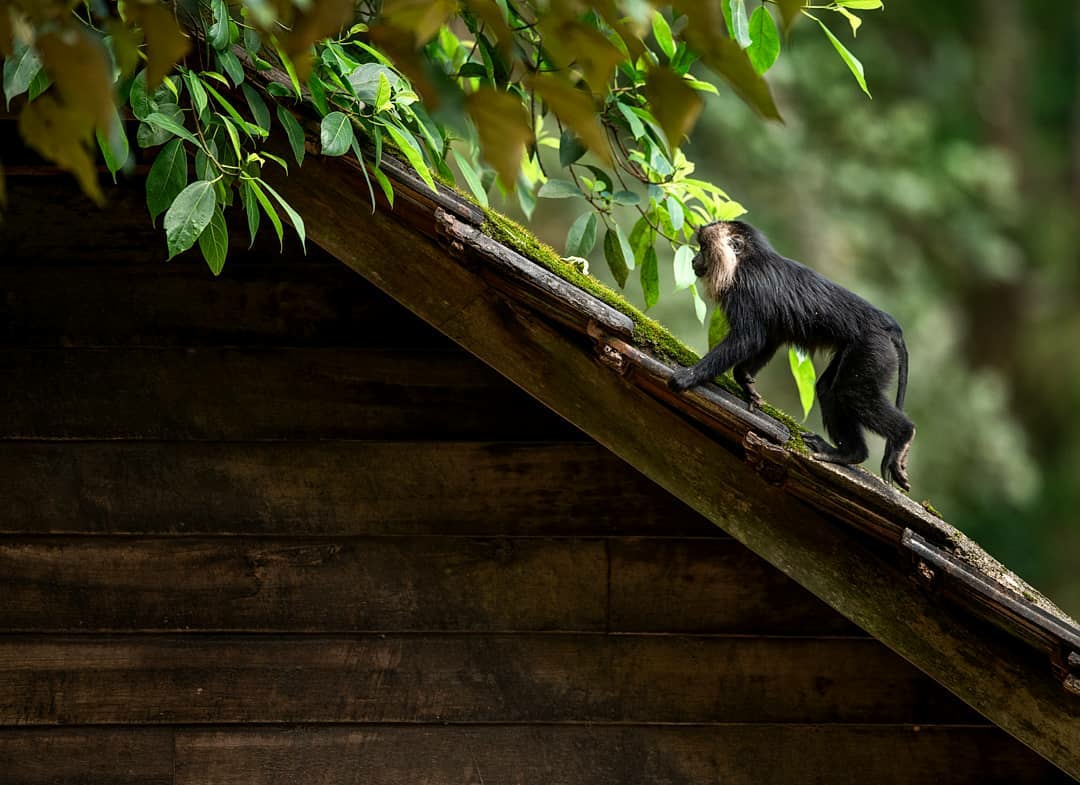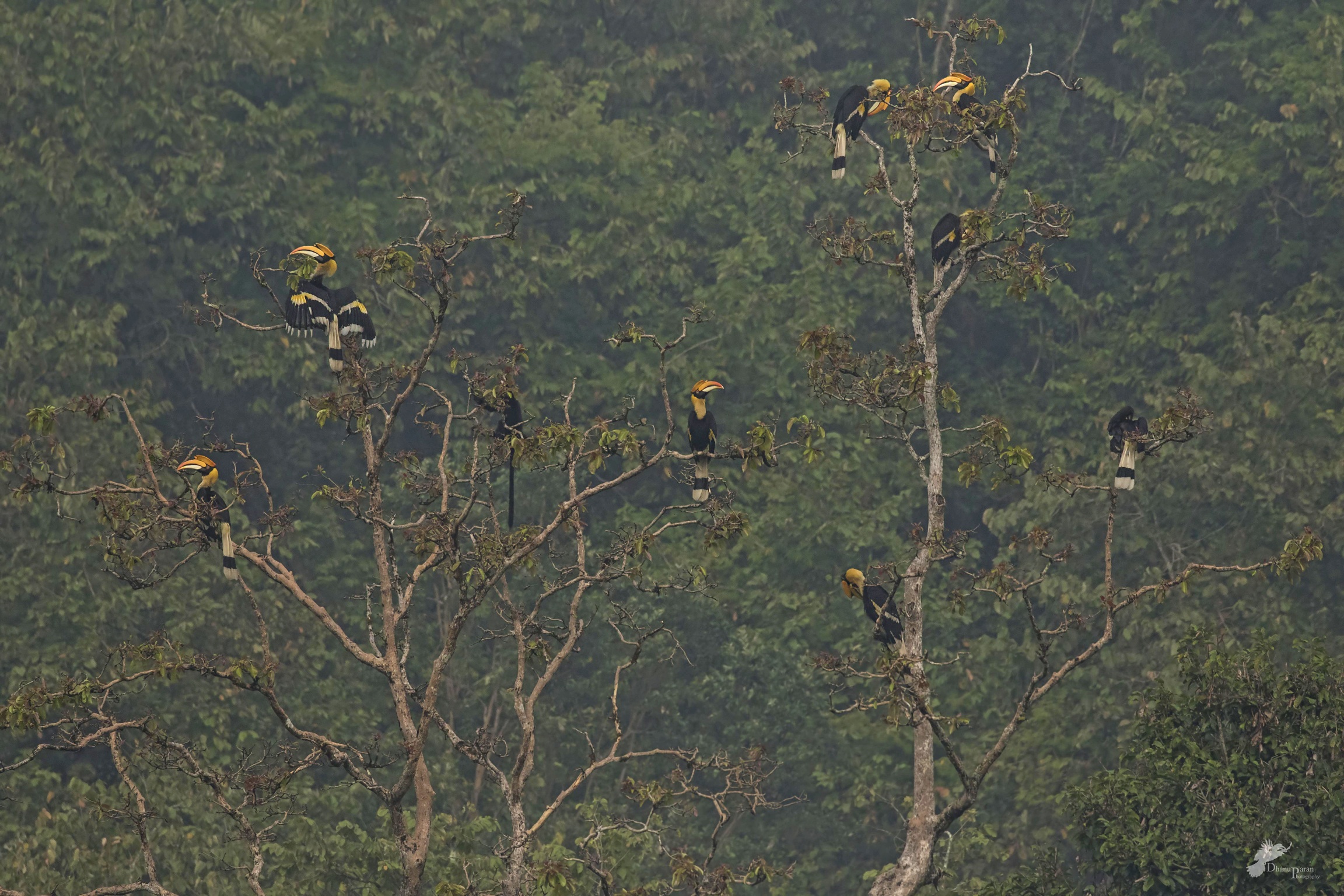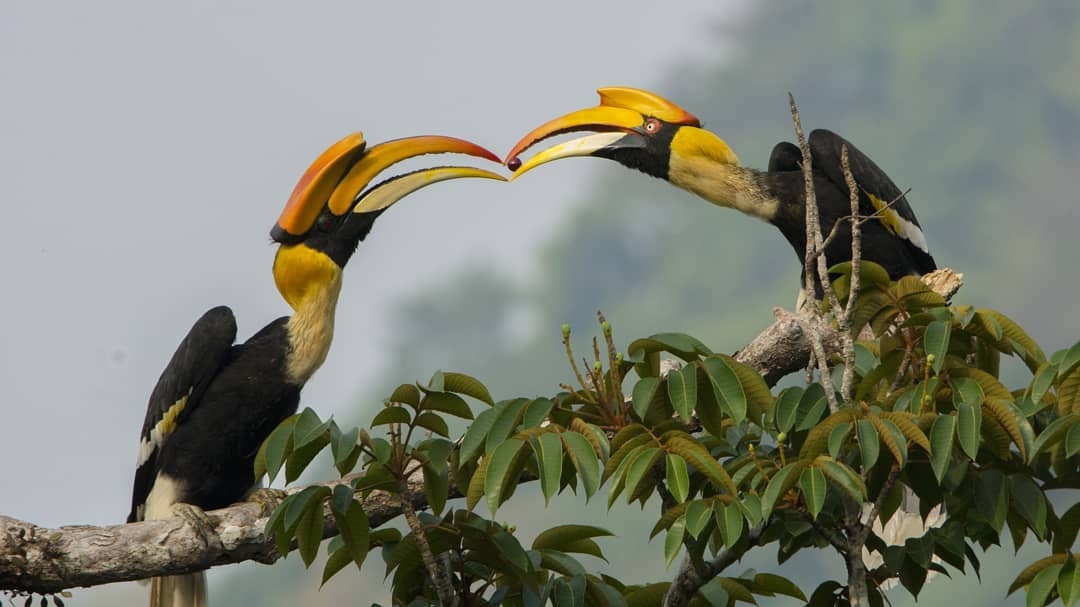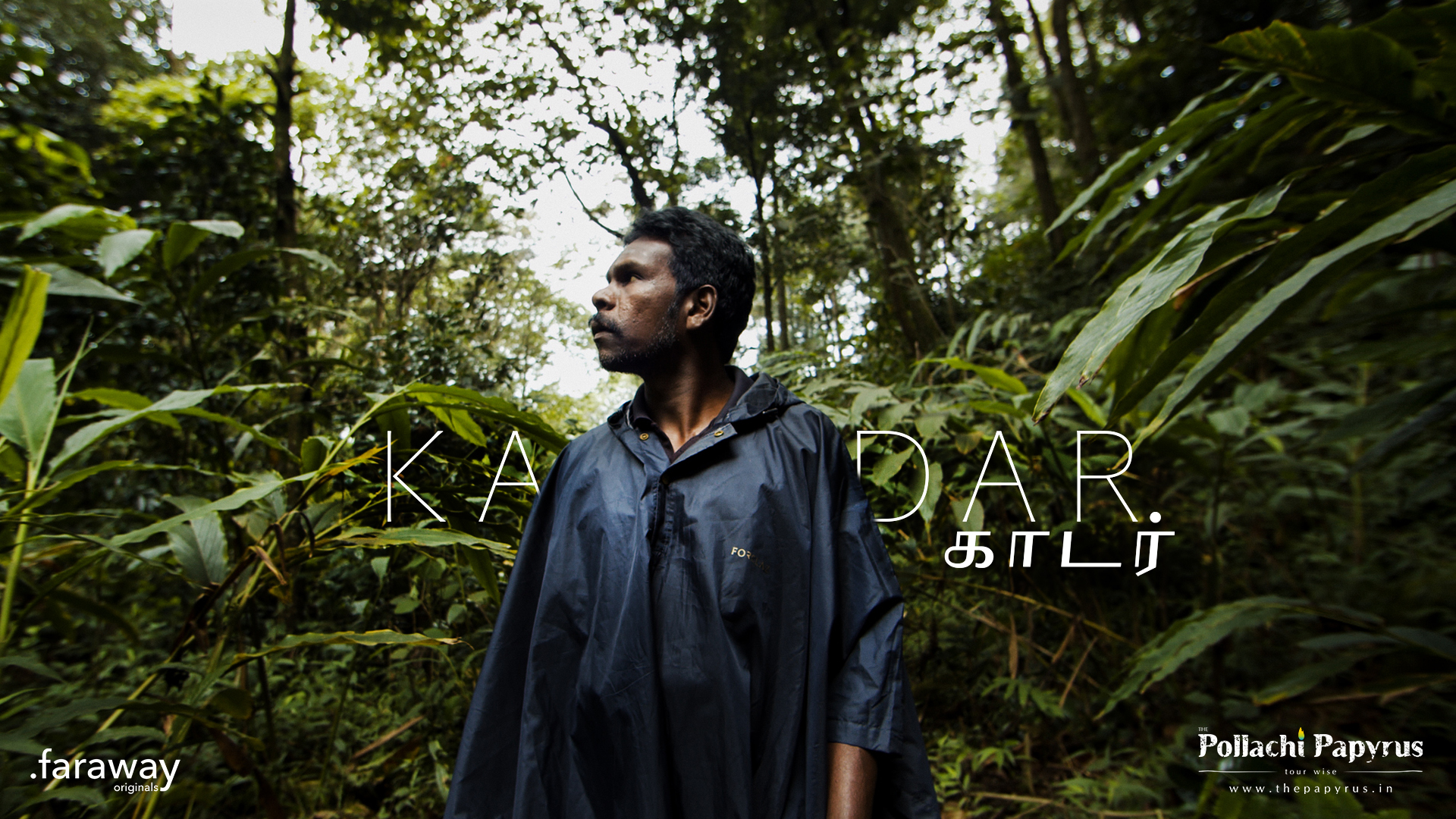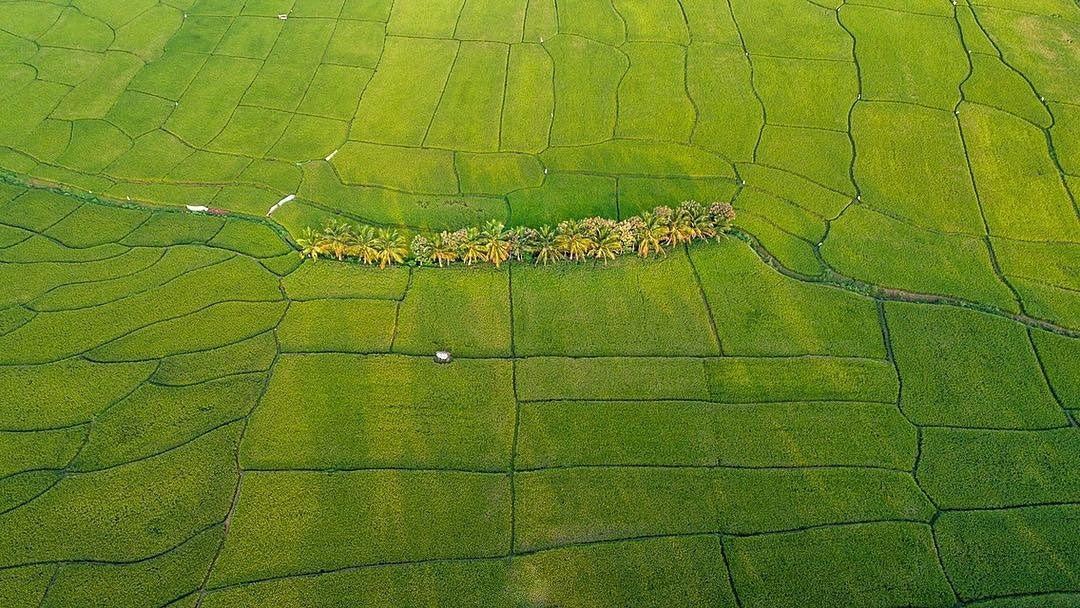Old world, arboreal, frugivorous, acrobatic, quadrupedal – these are some of the terms used to describe the endemic and the most iconic primate species of Western Ghats – the Lion-tailed macaque. Declared endangered, their population is dwindling in their native habitat – the rainforest fragments of southern Western Ghats that also includes the Anamalai Hills that stretch between the Valparai and Nelliyampathy ranges.
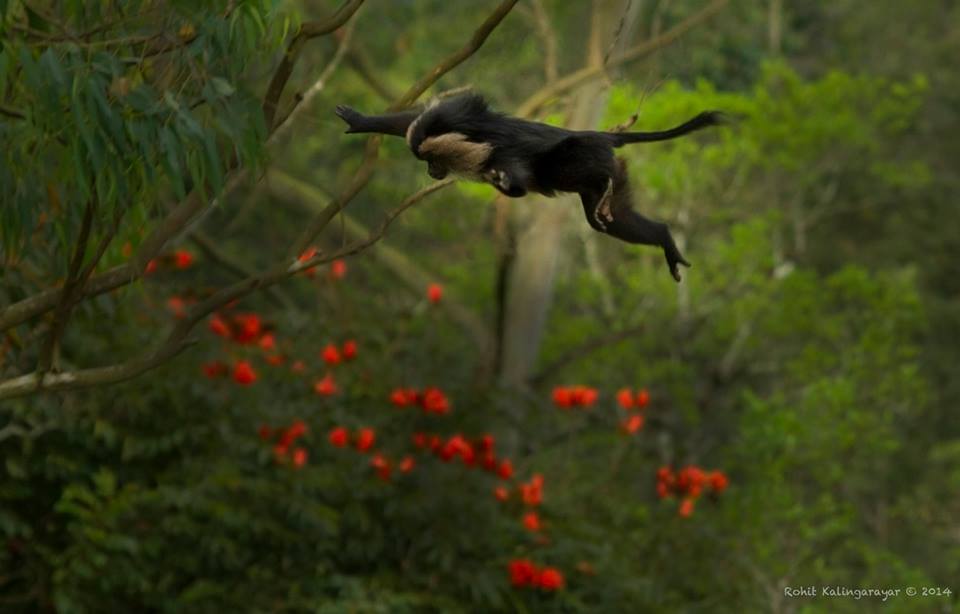
Climbing, jumping, grooming, play fighting, feeding, foraging, vocalizations – these extremely social creatures display and exhibit a range of interesting behaviors that are super fascinating to observe and photograph in the wild!
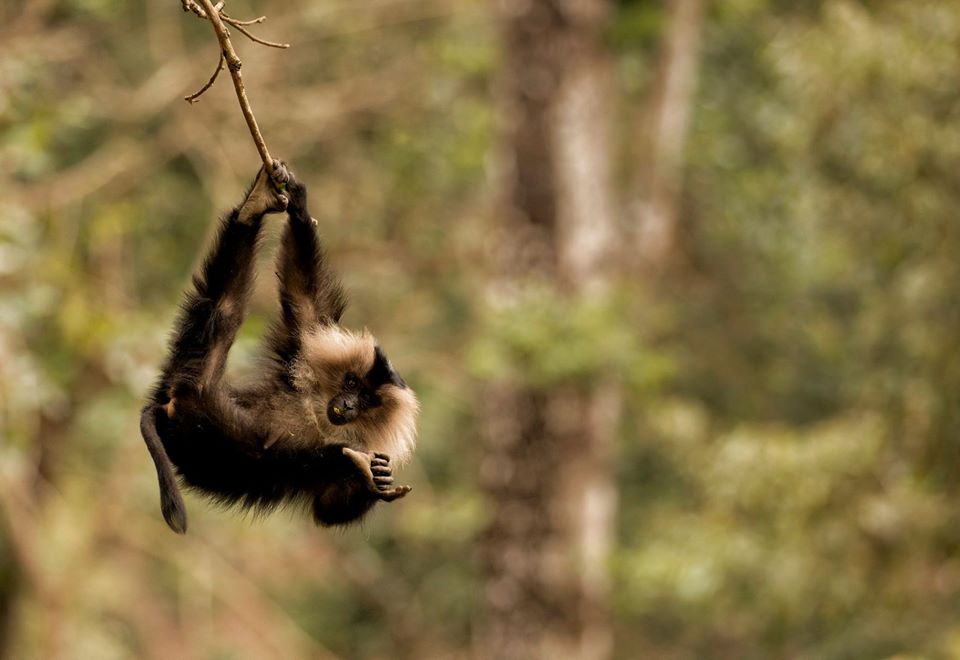
For me, as an ardent wildlife admirer, not a single moment has been boring or dull, when around them. From admiring their impressive athletic skills to taking delight in their playful antics, I have cherished plenty of memories in the field with them. After all, for a nature enthusiast, there is no greater pleasure than observing wildlife, undisturbed, in their most natural habitat.
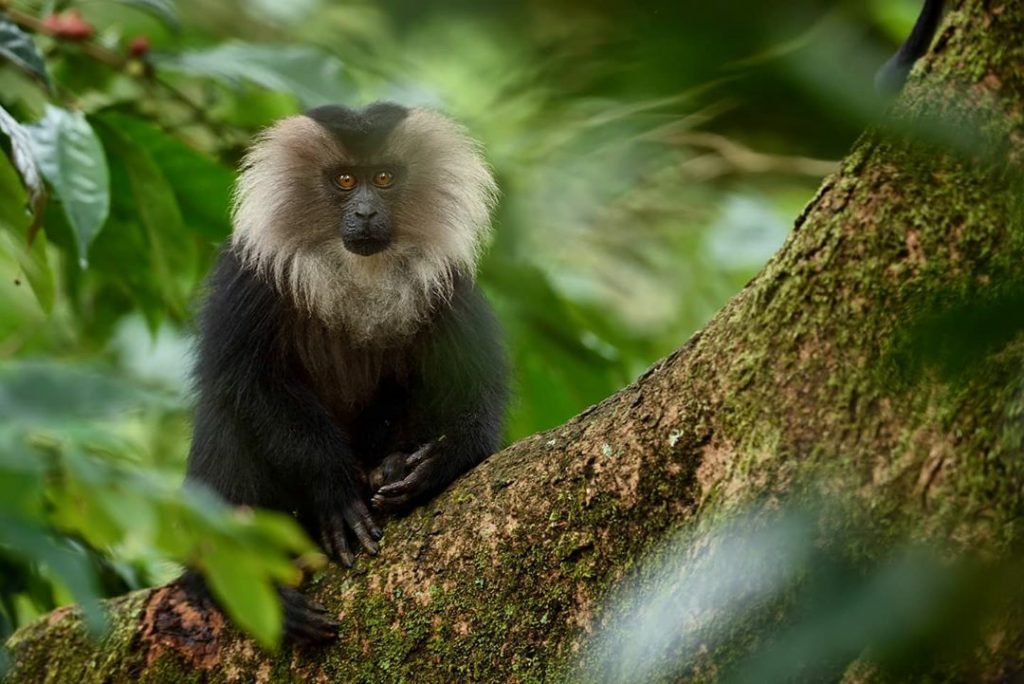
Usually found climbing and leaping through trees that are 60 to 100 feet tall, these macaques are known to lead their arboreal life employing skills and techniques that are sheer acrobatics. Even today, among the wild populations, scientists have observed how they barely ever descend to the ground even for water, managing on fruit sap, water collected in tree trunk holes, and dew to stay hydrated.
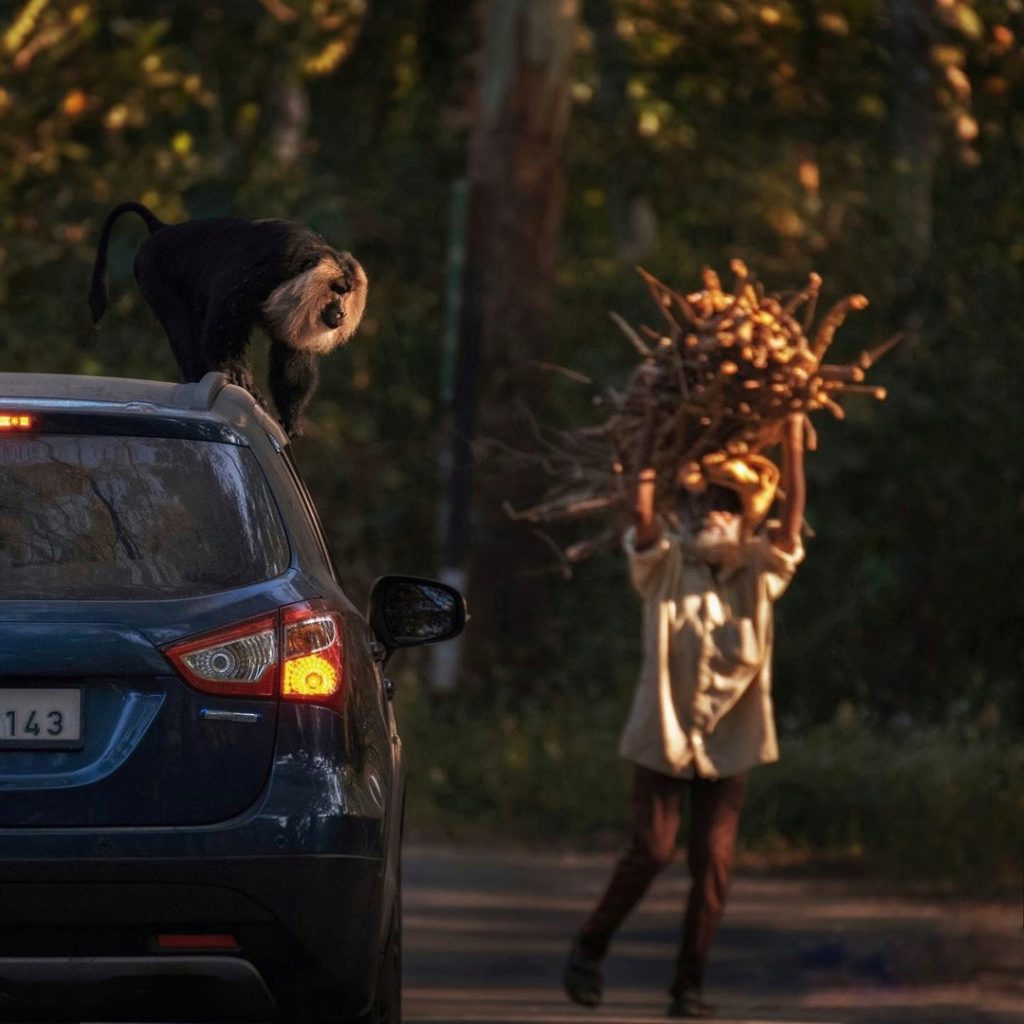
However, the scenes one can witness at the Puthuthottam colony in Valparai, will tell a different story. A story of behavior modification brought about by man’s reckless destruction and on-going habitat alteration. The macaque troops that have been left behind in fragments of rainforests have become used to close human interactions – a behavior modification from being shy creatures that occupied tall canopies to bold scavengers that raid labor colonies, in search of food.
Extensive logging of the once-contiguous rainforests of Anamalais, cleared to pave way for tea plantations and human encroachments, has brought about this change in their behavioral traits– the one that was formed after years of anthropological and evolutionary process, in such a short passage of time.
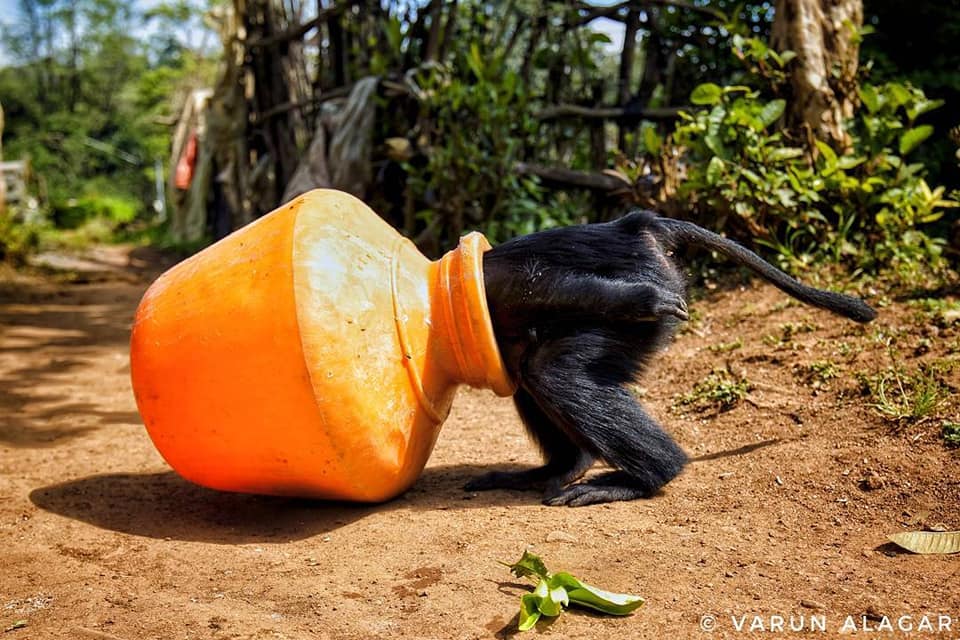
In Puthuthottam, I have observed them hang on live electric wires, remove roof tiles to break into homes, feed on plastic waste and discarded food – behaviors that they developed in the recent years as a result of spending most of their time on the ground instead of the four percent that is considered normal for the species.
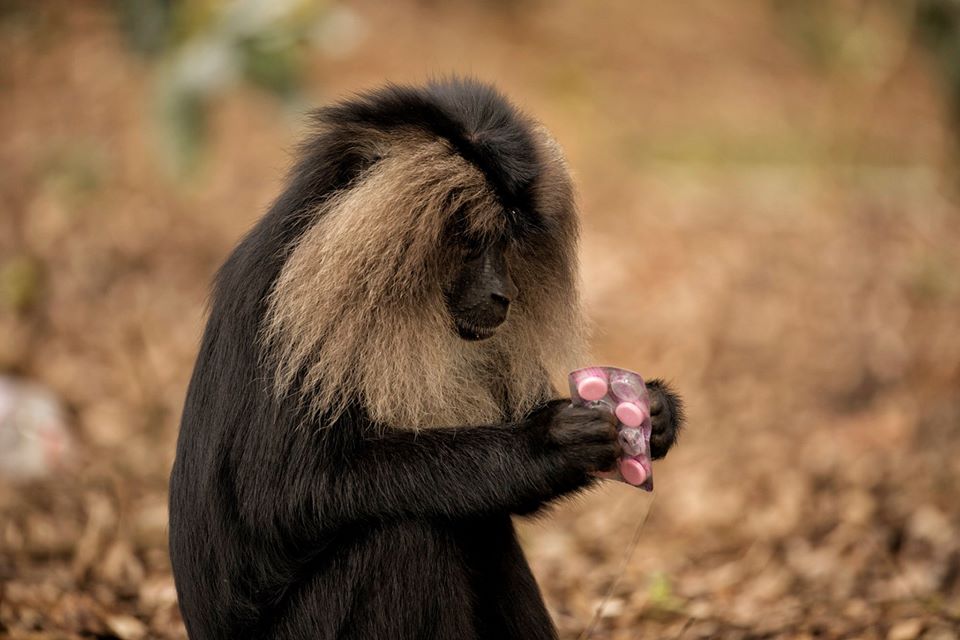
On a disturbing instance, I observed an individual feeding on an entire strip of tablet that she managed to find from inside one of the houses. To my relief, I found them to be only chewable antacids, harmless, and not fatal.
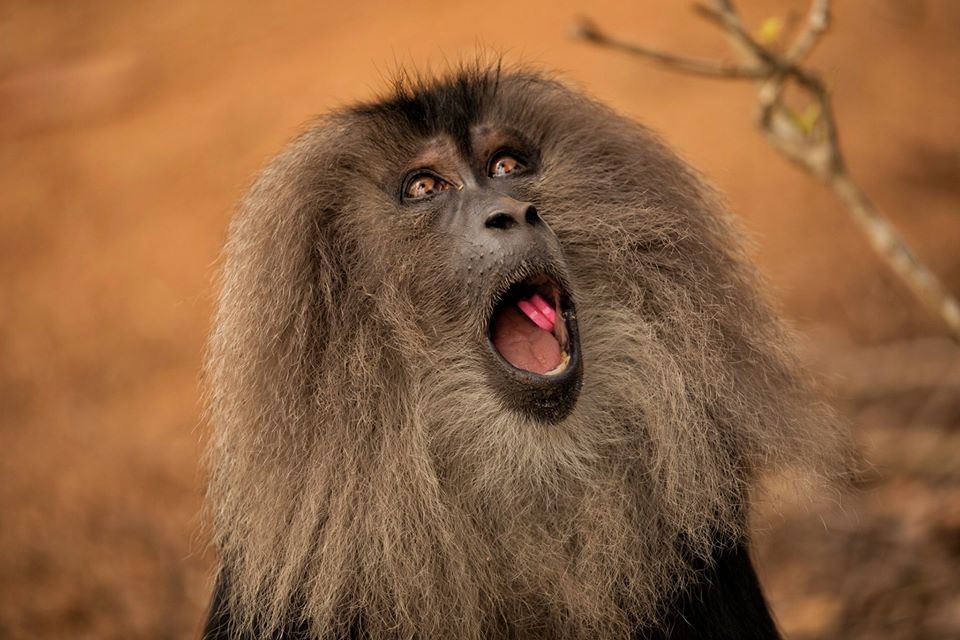
From all of the times I had spent watching them, it is fascinating and even heartening to see how they have adapted to the world that continues to change around them at a fast pace. But all of that could change very quickly. Considering their radically altered diets and exposure to human diseases, the thriving population could suddenly crash.
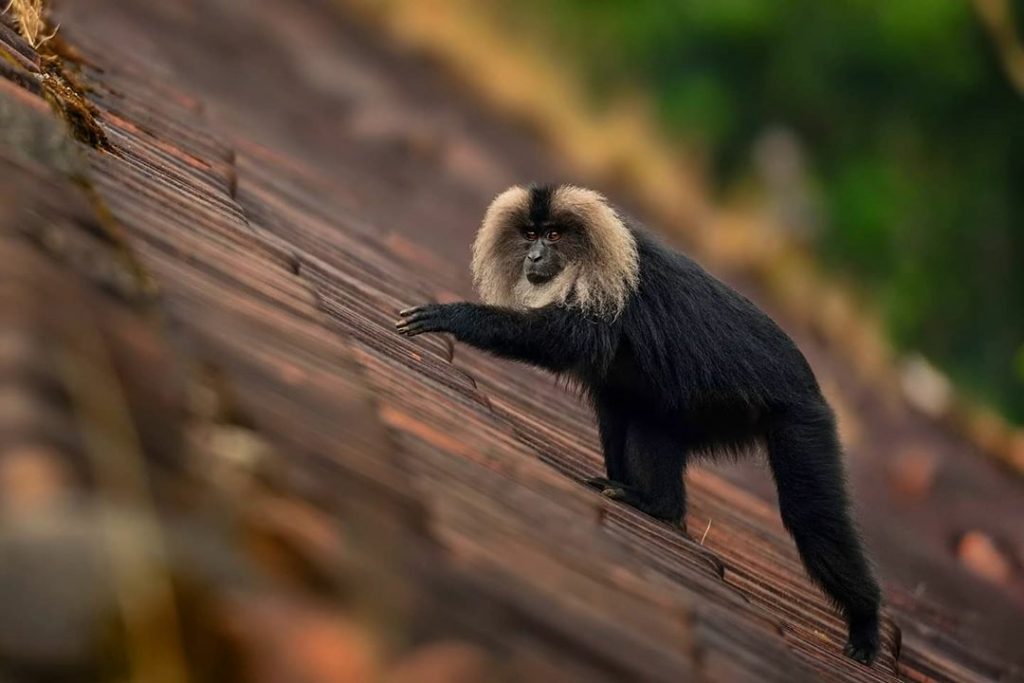
While the macaques try to make sense of the world that we intend to keep altering, maybe we should try to understand theirs too! Restoring forest fragments and planting connecting tree corridors to create a self-sustaining habitat will help in long-term conservation, the need of the hour is to educate and create awareness, not just about LTMs but wildlife in general, about their behavioral aspects and characteristic traits, among the general public and visiting tourists, which will help people connect with them better and in a more harmonious manner. Feeding and approaching wildlife close, trying to take selfies with them, all constitute inappropriate ways when it comes to interacting with and observing wildlife.
Instead of viewing them as playful monkeys looking for food on the roadside, people should start viewing them as an umbrella species that are crucial to protect the whole rainforest ecosystem, especially fragments in the Anamalais that are of huge ecological significance.
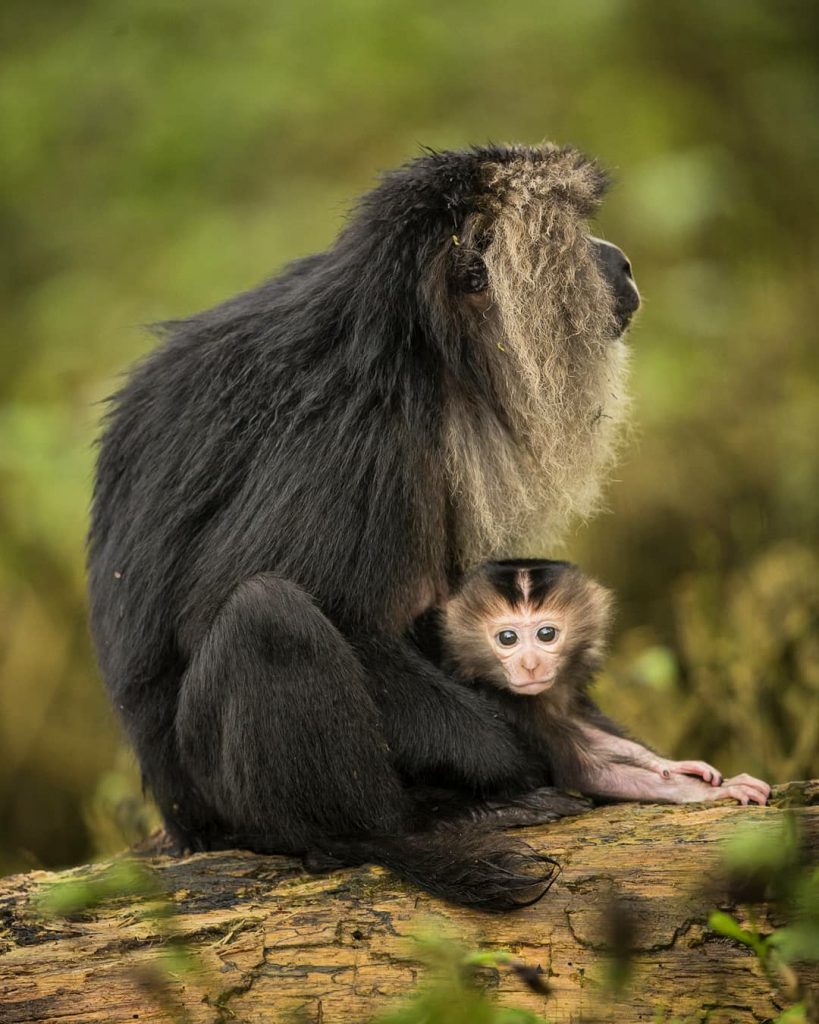
And one way to bring about impactful change is to establish and adopt responsible wildlife tourism policies that focus more on wildlife education than just mere sightings and photographing opportunities. With such practices, the tour will also actualize into a wholesome travel experience.

